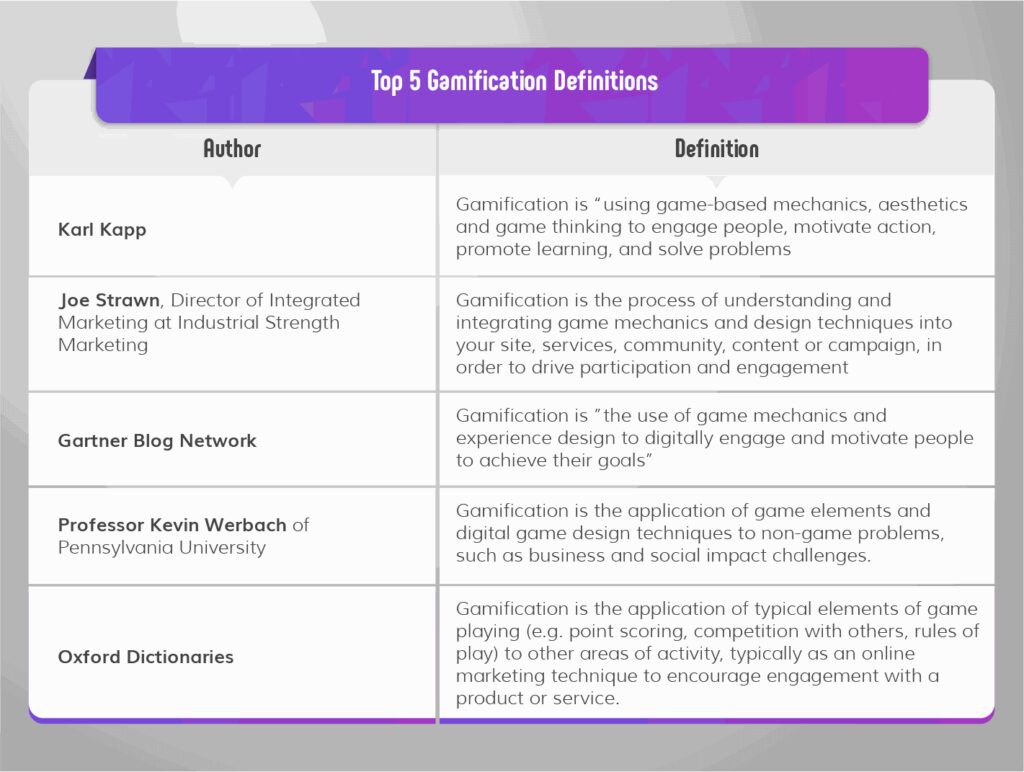Game design involves planning, conceptualizing, designing, and scripting a video game’s mechanics, levels, characters, and story. For creating engaging gameplay mechanics, game designers apply various principles and techniques. These include immersion, challenge and reward, strategy and decision-making, exploration and discovery, feedback and progression, and replayability. By creating a believable and consistent game world with well-designed characters, environments, and soundscapes, game designers achieve immersion. Challenge and reward are interlinked aspects of game design essential to keep players engaged and motivated. Good feedback and progression mechanics provide regular feedback on progress and reward players with tangible benefits. Good replayability mechanics provide the player with multiple paths, difficulty levels, and rewards for repeat playthroughs.
Game Design Principles: Creating Engaging Gameplay Mechanics
Game design is the process of creating a video game. It involves planning, conceptualizing, designing, and scripting the game’s mechanics, levels, characters, and story. A good game design is essential for creating engaging gameplay mechanics that keep players hooked and invested in the game. Game designers use a variety of principles and techniques to create games that are fun and engaging. Here are some of the key principles of game design that can help you create an engaging game.
1. Immersion
Immersion is the feeling of being fully absorbed and engaged in a game world. It’s a vital ingredient for creating a compelling game experience. To achieve immersion, game designers need to create a believable and consistent game world, with well-designed characters, environments, and soundscapes. Immersion can be enhanced with the use of storytelling, music, and sound effects that make the player feel like they are truly part of the game world.
2. Challenge and Reward
Challenge and reward are two interlinked aspects of game design that are essential for creating engaging gameplay mechanics. A game’s challenges should be difficult enough to keep players engaged, but not so difficult that they become frustrated or give up. Rewards, on the other hand, should be significant enough to keep players motivated to continue playing. They can be in the form of points, achievements, new environments, or customizations. When designing challenges and rewards, game designers need to strike the right balance to ensure that the game remains challenging and rewarding without being overwhelming or boring.
3. Strategy and Decision-Making
Strategy and decision-making are essential gameplay mechanics in many games, particularly strategy and role-playing games. They involve giving the player the ability to make choices and form a strategy to achieve their goals. Good game design in this area should encourage players to think creatively and strategically, and keep them engaged by constantly presenting new challenges and opportunities for growth. The key to good strategy and decision-making gameplay mechanics is to ensure that the player has enough information to make informed decisions and to allow for multiple paths to success.
4. Exploration and Discovery
Exploration and discovery are critical gameplay mechanics in many adventure and open-world games. They involve giving the player the freedom to explore the game world, discover new environments and characters, and uncover hidden secrets. Good exploration and discovery mechanics should reward players for their curiosity and encourage them to explore further. The player should feel a sense of excitement and anticipation as they explore new areas and discover hidden secrets.
5. Feedback and Progression
Feedback and progression are crucial gameplay mechanics that keep players engaged and motivated to continue playing. They involve providing the player with regular feedback on their progress and allowing them to track their progress through the game world. Good feedback and progression mechanics should be clear and easy to understand, and should reward the player with tangible benefits for their achievements. They should also be balanced to ensure that the player doesn’t become too powerful too quickly or feel overwhelmed by the game’s challenges.
6. Replayability
Replayability is the ability of a game to maintain its interest and entertainment value through multiple playthroughs. It has become an essential aspect of modern game design, particularly for games that focus on multiplayer and online play. Good replayability mechanics involve providing the player with multiple paths through the game world, multiple difficulty levels, and rewards for repeat playthroughs. They should also be balanced to ensure that the player doesn’t become bored or frustrated with the game’s challenges after multiple playthroughs.
Conclusion
Creating a game that is engaging, entertaining, and challenging requires skill, creativity, and a strong understanding of the principles of game design. By following these key principles, game designers can create gameplay mechanics that keep players engaged and invested in the game. With the right blend of immersion, challenge and reward, strategy and decision-making, exploration and discovery, feedback and progression, and replayability, game designers can create games that stand the test of time and keep players coming back for more.
